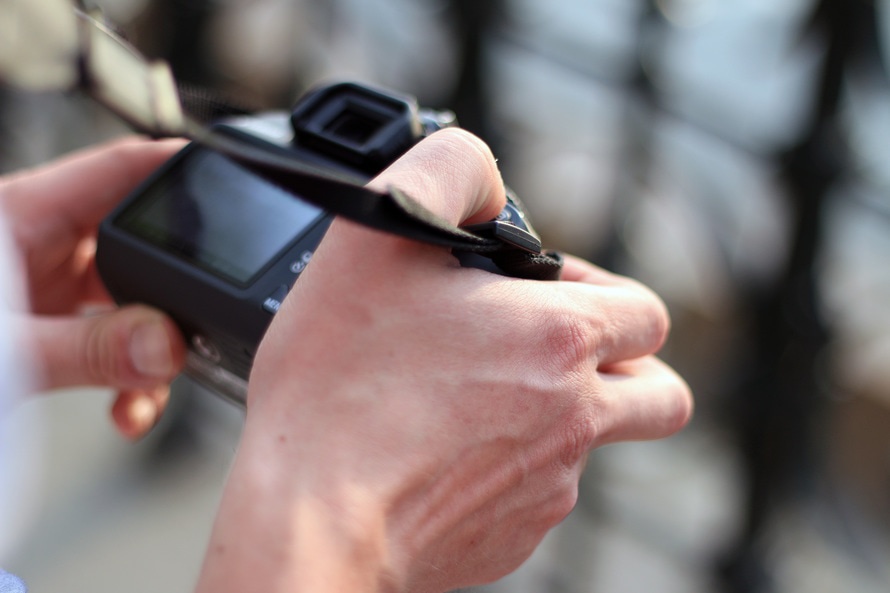An investment in great photos just keeps on giving.
Photography that successfully tells the story—and captures the emotions of an event—pays dividends for years on end, in everything from printed collateral to social media to future promotions and presentations.
But good images come from more than just a photographer’s artistic eye, technical skill, and instinct for human behavior. Good images require preparation as well.
These eight tips will help you get the best results from your event photographer.
Find the right fit
After you’ve studied a photographer’s portfolio and like the style, it’s time to see if you “mesh.” Even the most casual conversation can give you a feel for whether he or she can become a good, if temporary, extension of your team.
There is real value in hiring someone you and your attendees will feel comfortable with— and the results will show in the end product.
A good event photographer needs to be a good listener, assertive enough to ask good questions and seek out great moments, friendly enough to coax genuine smiles, and calm and confident enough to be a positive force in a group of people.
Spell out your needs
Every event is unique, and stating your specific needs up front will yield the best results. Discuss the intent and purpose of the images. Photographers, being visual animals, often like to imagine the “story” of your event, how it unfolds in print, a Facebook gallery, or a YouTube video of still images. A good photographer can discuss all the options and their requisite needs.
If the primary use will be Web and video, the photographer will want to shoot mostly horizontal content. But if your particular print materials require lots of vertical images, let him or her know. Are there specific shots you really need? Want? Want to avoid? Make a list.
Plan ahead for overlap
You can’t expect your photographer to be in two places at once. If you need a press wall or head shots at the same time you need coverage of a breakout session, tell the photographer well ahead of time. He or she can likely bring in help for those few hours.
Relying on your chosen photographer to assemble the team will yield better results than if you bring in an unknown quantity. After all, this person must be willing to work in concert with the lead photographer, and to take direction on where to be, when to be there, and what to shoot.
With the exception of using a videographer or second shooter for overlapping events, stick to one lead photographer. Dueling photographers scrapping it out for prime position at key moments won’t produce good results.
Show your support
Once onsite, give the photographer a walk-through of the event locations, following the agenda. Point out any changes to the agenda and offer an initial (even if brief) introduction to the CEO, VIPs, and speakers. It will give the photographer a sense of their personalities, body languages, and gestures.
In fact, an introduction promotes a more comfortable shooting experience for both sides. Onstage, for instance, the speaker will see the photographer not as some stranger buzzing about with a camera, but as a friendly face and part of the team.

